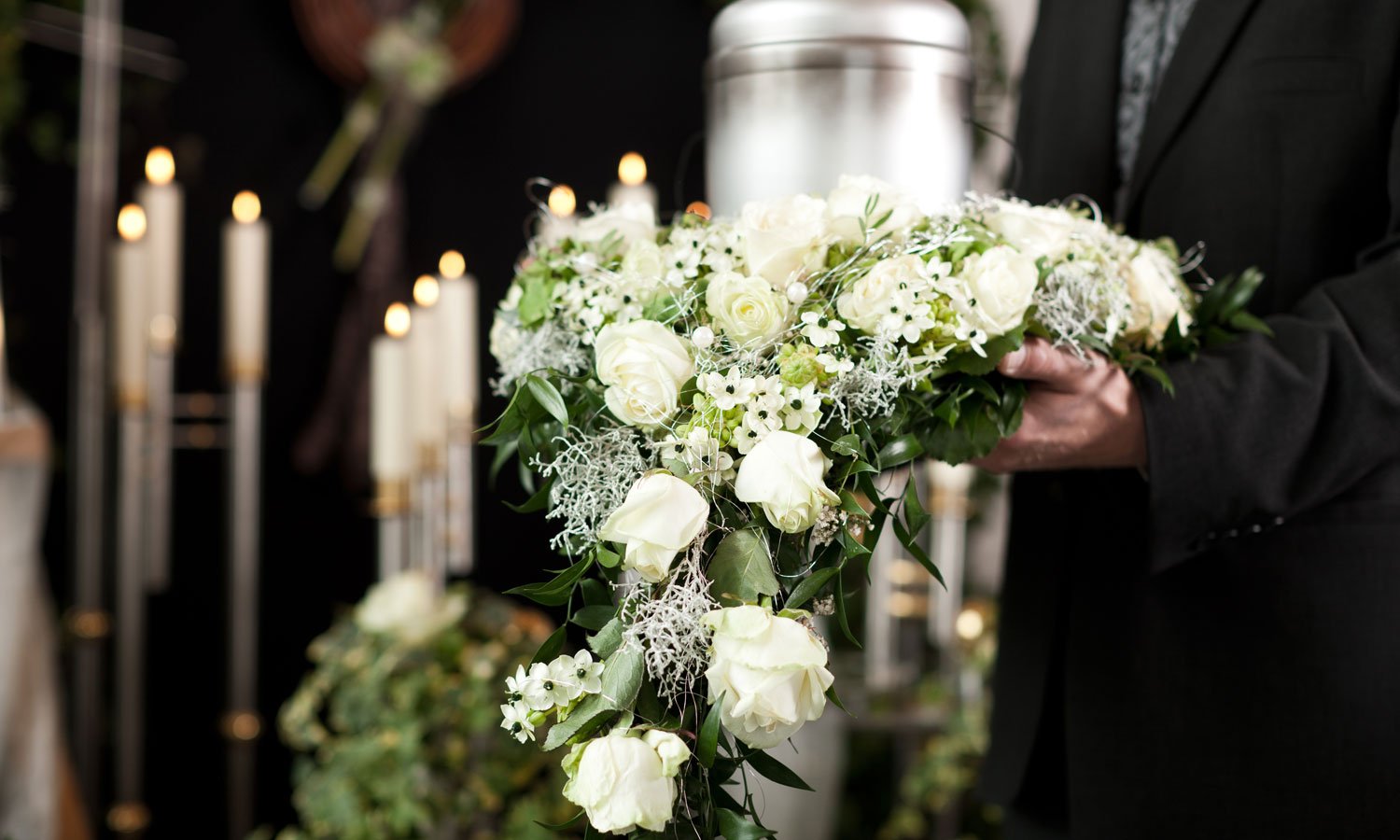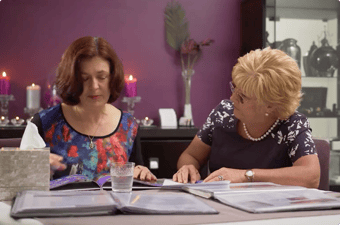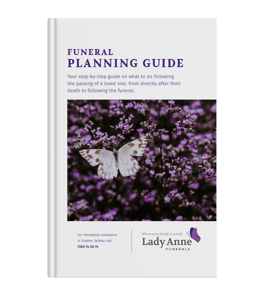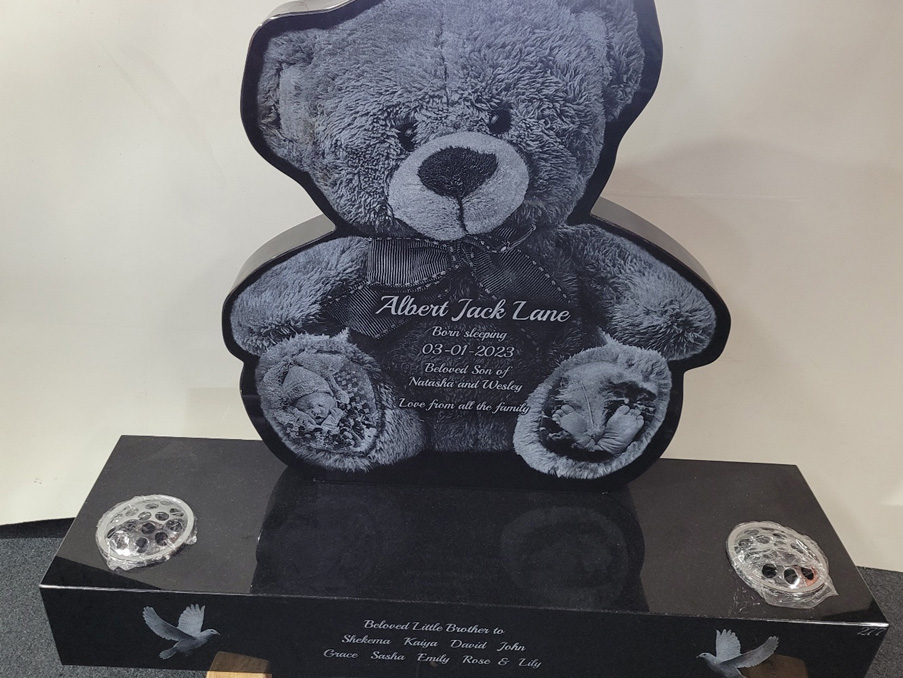Understandably many people are unaware of the planning that goes into a funeral. It can be upsetting, overwhelming and something you would rather leave to a professional funeral planner.
Although it can be an unpleasant thing to talk about it (let alone think about), informing yourself on the funeral planning process can give you the opportunity to make educated choices and take comfort in knowing you are giving your loved one a suitable and desired farewell.
What you need to be aware of when planning a funeral
To make this task as simple as possible, we've created a quick guide in this blog post, for all the key elements for planning a funeral for your loved one.
Choosing a burial or cremation
Choosing either a burial or cremation is a deeply personal decision that is made involving the families of the deceased or the wishes of the deceased themselves. When planning a funeral a common thing people may not be aware of, are the reasons behind making that choice. These can include religious requirements, tradition or just simply a preference.
Cremation is generally cheaper than a burial due to costs involved with the burial process such as land-space and purchasing of a tombstone or plaque, however it is always advised to discuss with your funeral planner the precise costs involved.
It is commonly religion that influences the decision for burial or cremation. People may choose to cremate as it is cheaper than a burial, is a simpler process and generally a cleaner option of disposal. Cremation can be favoured for those wanting to spread their loved ones ashes, keep them on display in their home, or have them entombed where as a burial can be an option for those that are uncomfortable about the cremation process, those who wish to create a monument in honour of the deceased or wish for a natural location to visit.
Incorporate videos/photos/music into the ceremony
This is can be optional, however also a lovely way of tributing your loved one. Start by collecting any photos or videos you may want to use in the ceremony. A great option for presenting photos is through a slideshow - if you are unsure about how to make one yourself you may be able to contact your funeral planner for help. Note that you also want to make sure that the funeral venue will have a way of projecting the slideshow.
You can also choose a song/songs to be played during the service. Perhaps one of your loved ones favourite songs or one that reminds you of them.
Extra services
Make sure that you discuss with a funeral planner the extra services and costs you may require for the funeral or ceremony of your loved one.
These can include:
- Repatriation
- Embalming
- Viewing
- Burial Vaults
- Flowers
- Transport
Prepare a Eulogy
A eulogy is a short speech given at a funeral or memorial service, which captures the life of the deceased and should encompass all the great time and memories.
For help writing a eulogy, you can see our post here.
Presentation of the deceased
If you are choosing to have a viewing of the deceased, an above ground burial or they are being taken overseas than it is important to discuss with a funeral director about presentation and embalming.
If requested, the mortuary preparation process will take place which can involve the washing and dressing of the deceased ensuring that the eyes and mouths are closed, applying makeup, hairstyling and shaving if required.
Submit Information to a Funeral Director
This is necessary so the death can be legally registered with the Register of Births, Deaths and Marriages. You will need to following information:
- the deceased full name
- latest known address
- date and place of birth
- date and place of death
- fathers name
- mothers maiden name
- marital status at time of death
Many people are often unaware of the detailed planning and requirements of a funeral.
If you would like a more inclusive tool, please feel free to download our planning a funeral guide. You can download your free copy by clicking the image below. We're always available to talk if you need assistance at any stage.









